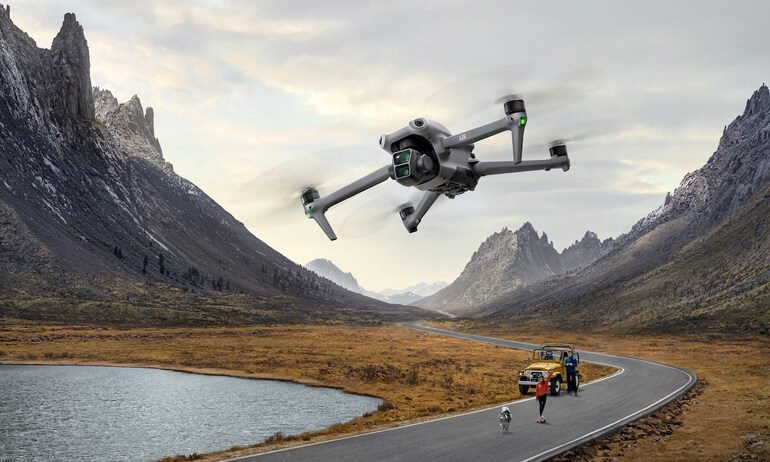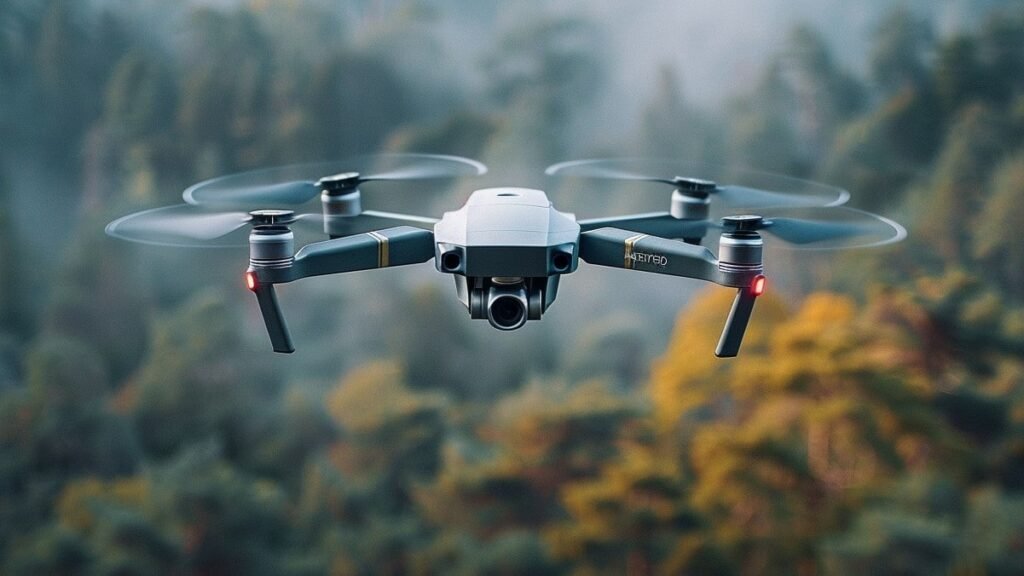Embrace the Adrenaline of FPV Drones
Imagine soaring through the sky at 60 mph, flipping between trees, or diving toward the ground like a hawk—all from a pilot’s perspective. FPV (First-Person View) drone flying isn’t just a hobby; it’s an extreme sport that combines speed, skill, and creativity. For thrill-seekers, mastering advanced FPV techniques unlocks a world of heart-pounding excitement. In this guide, we’ll break down the top FPV drone flying techniques to elevate your stunts and satisfy your craving for adventure.

What is FPV Drone Flying?
FPV drones are equipped with cameras that stream live video to goggles or a screen, letting you see exactly what the drone sees in real time. Unlike regular drones, FPV models are built for agility, speed, and acrobatics. Pilots use handheld transmitters to control the drone while relying on their reflexes and spatial awareness to pull off jaw-dropping maneuvers.
Essential Gear for FPV Thrill-Seekers
Before diving into techniques, you’ll need:
- A lightweight, durable FPV drone (5-inch quadcopters are popular).
- FPV goggles for immersive real-time visuals.
- A responsive transmitter with customizable controls.
- Extra batteries and a spotter (for safety and legal compliance).
FPV Drone Flying Techniques to Master


1. Power Loops: The Vertical Rollercoaster
A power loop involves flying your drone in a vertical circle, like a rollercoaster loop. Start by gaining speed, then pitch upward and apply steady throttle to “push” through the loop. The key is balancing throttle and pitch to maintain momentum. Practice in open spaces first—this move looks easy but requires precise control to avoid crashing mid-loop.
2. Dives and Drops: Gravity-Defying Plunges
Launch your drone high into the air, then cut the throttle and let it free-fall toward the ground. At the last second, throttle up and pull back to level out. This creates a stomach-dropping effect similar to a skydive. Start with small drops to perfect your timing, and always check for obstacles below!
3. Proximity Flying: Dance with Danger
Proximity flying means zipping your drone inches away from trees, buildings, or cliffs. It demands razor-sharp reflexes and confidence. Begin by practicing around large objects (e.g., wide tree trunks), then gradually tackle tighter gaps. Use “angle mode” (which auto-levels the drone) if you’re new to close-quarters flying.
4. Freestyle Tricks: Flip, Spin, and Roll
Freestyle is all about creativity. Try these iconic moves:
- Matty Flip: A sideways flip while moving forward—combine a roll and flip for a dizzying spiral.
- Rubik’s Cube: Flip diagonally while rotating the drone like twisting a cube.
Pair these tricks with proximity flying for jaw-dropping video content.
5. Racing Techniques: Speed and Precision
FPV racing involves navigating obstacle courses at top speeds. Master these skills:
- Split S: A half-roll followed by a downward loop to quickly change direction.
- Gate Transitions: Fly through tight race gates by tilting the drone sideways (yaw turns).
Racing drones are built for speed, so practice throttle control to avoid overshooting turns.
Safety Tips for Thrill-Seekers
Even adrenaline junkies need rules:
- Start Small: Learn basics (hovering, landing) before attempting stunts.
- Use Simulators: Apps like Liftoff or Velocidrone let you crash virtually.
- Check Equipment: Inspect propellers and batteries before each flight.
- Follow Local Laws: Avoid restricted zones (airports, national parks).
Conclusion: Push Limits, Stay Safe
FPV drone flying offers an unmatched rush for thrill-seekers, but mastering these techniques takes patience. Start with open fields, practice regularly, and gradually tackle riskier moves. Respect safety guidelines to ensure every flight ends with a smile, not a crash. Ready to take to the skies? Strap on your goggles, rev your motors, and let the adrenaline flow!







